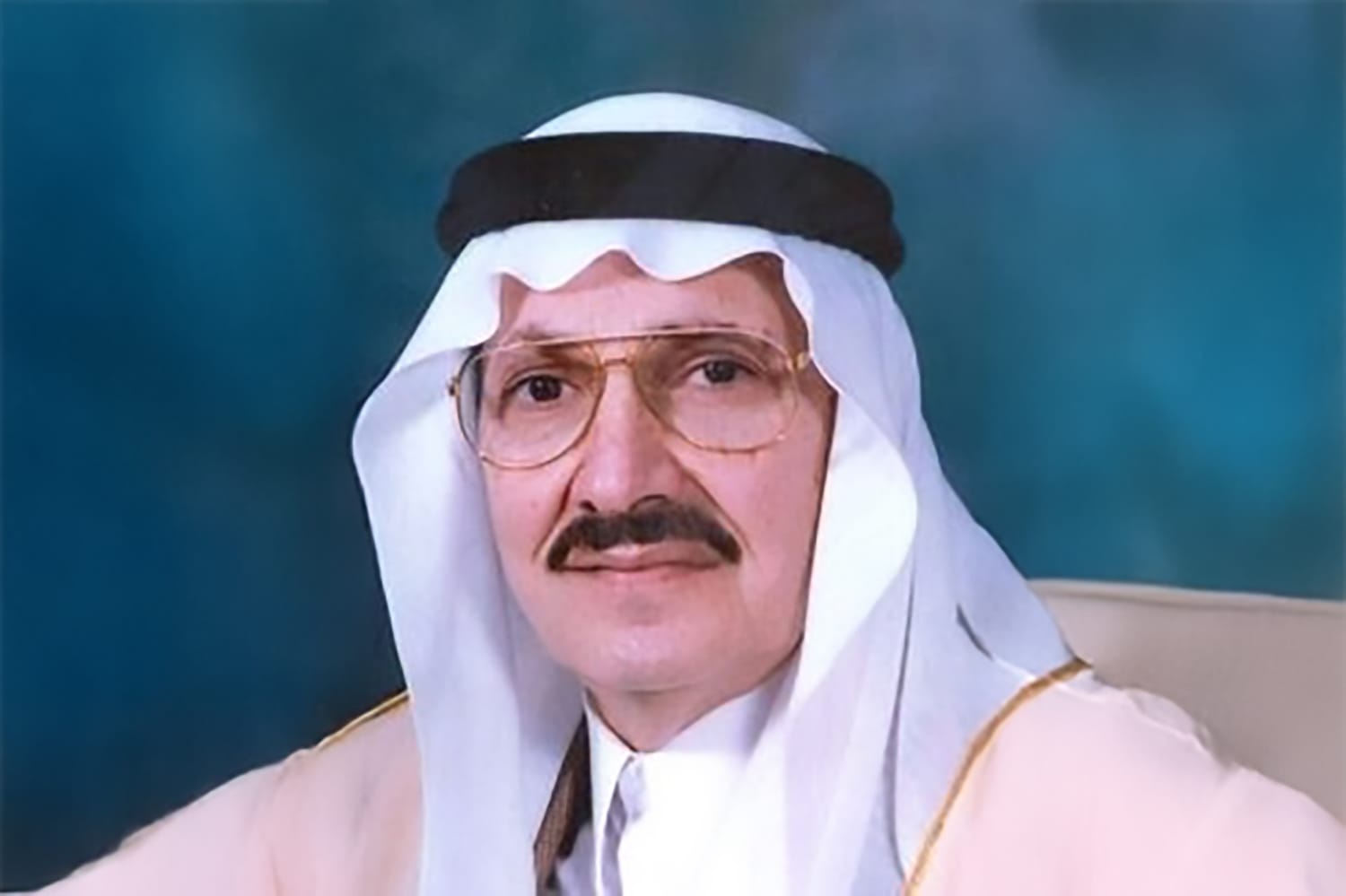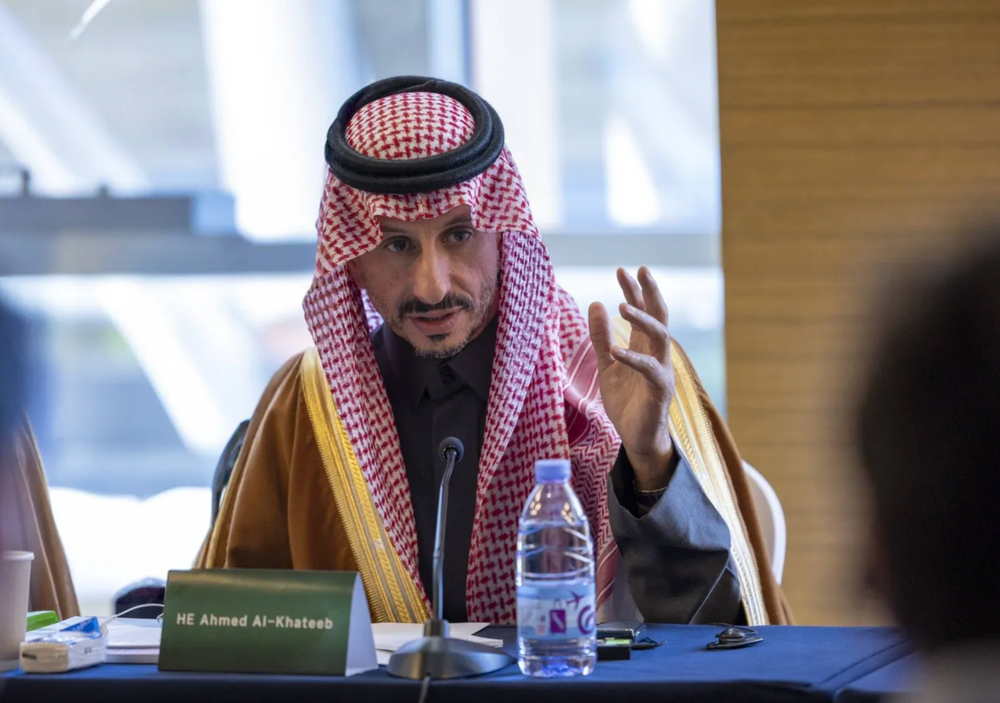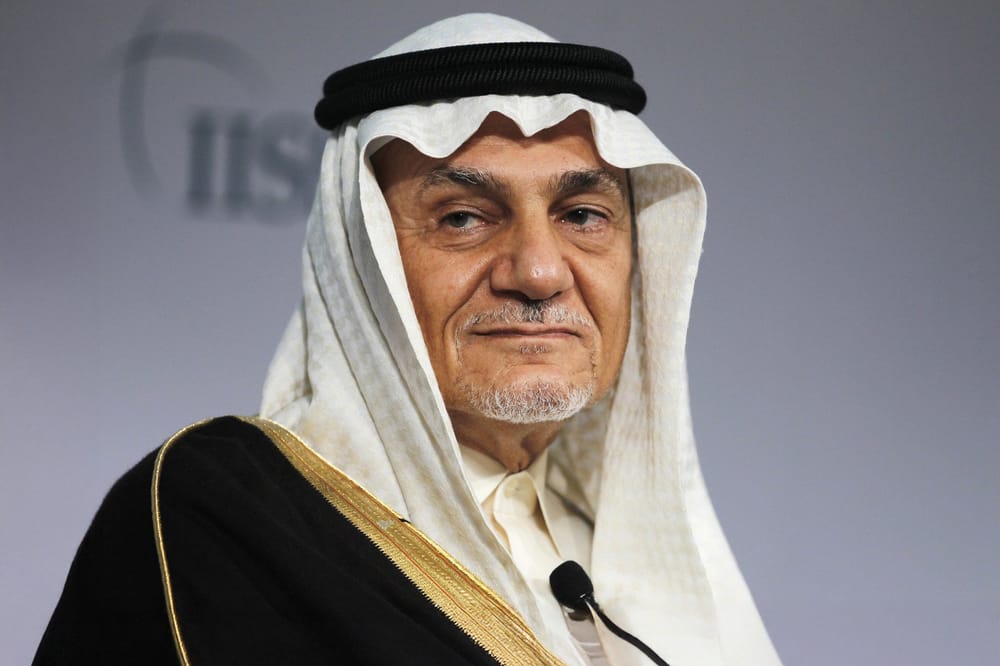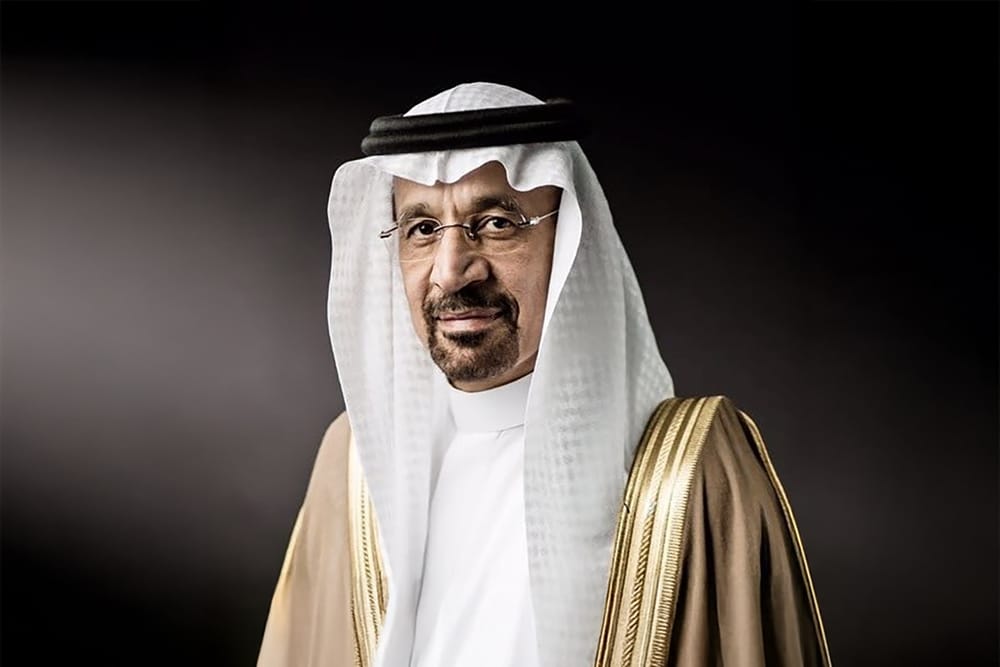Prince Talal bin Abdulaziz Al Saud stands out in the history of Saudi leadership as a visionary figure who championed the modernisation of the Kingdom’s communications sector. As the first Minister of Communications, his pioneering work established the foundations of a connected Saudi Arabia. His leadership continues to inspire the Kingdom’s digital ambitions under Vision 2030.
The Leader’s Vision & Contributions
Prince Talal believed that modern communications were essential for national unity, economic development, and global engagement. At a time when the region faced limited infrastructure, he foresaw the role of technology in nation-building. Appointed in 1952 at the young age of 21, he became the Kingdom’s first Minister of Communications, leading initiatives to expand and modernise Saudi Arabia’s communication networks.
His contributions helped integrate Saudi Arabia into the global communications community, enabling government, business, and citizens to connect more effectively.
Key Milestones in the Office
1. Establishment of the Ministry of Communications (1952)
In 1952, King Abdulaziz established the Ministry of Communications to promote infrastructure modernisation. Prince Talal’s appointment as its first minister marked a critical step toward centralising communication efforts.
2. Integration of the Directorate of Post, Telegraph, and Telephone (1953)
In 1953, the Directorate of Post, Telegraph, and Telephone (PTT), originally created in 1926, was incorporated into the Ministry of Communications under Prince Talal’s leadership. This integration streamlined the management of national communication services.
3. Expansion of International Telephone Services (1955)
Prince Talal oversaw the establishment of Saudi Arabia’s first international telephone connections with Egypt, Syria, Lebanon, and Bahrain in 1955, significantly enhancing the Kingdom’s global connectivity.
4. Introduction of Telex Services with Arabic Script (1960)
Although Prince Talal’s ministerial term concluded in 1955, his foundational work enabled subsequent advancements, including the introduction of telex services with Arabic script in 1960—a milestone that improved regional and international communication.
5. Advocacy for Technological Modernisation
Prince Talal was a consistent advocate for adopting cutting-edge technologies. His vision influenced later developments such as the Kingdom’s adoption of satellite communication systems and the establishment of the Ministry of Post, Telegraph, and Telephone in 1975.
Leadership Lessons
Prince Talal’s leadership offers valuable insights for current and future leaders:
- Visionary Thinking: He anticipated the role of technology in transforming society.
- Institution Building: He understood the importance of creating strong institutions to sustain progress.
- Global Outlook: He promoted international connectivity to position Saudi Arabia on the world stage.
- Commitment to Public Service: His efforts aimed to enhance the quality of life for Saudi citizens.
Legacy and Relevance Today
The communications infrastructure that underpins Saudi Arabia’s digital economy today traces its roots to the pioneering work of Prince Talal bin Abdulaziz. His vision aligns with the Kingdom’s Vision 2030 goal of fostering a globally connected, knowledge-based society.
As Saudi Arabia continues its digital transformation, Prince Talal’s legacy remains a guiding example of how forward-thinking leadership can shape a nation’s future. Documenting such contributions strengthens national pride and preserves the rich history of Saudi leadership for generations to come.






